Balkan tour: The search for pastoral folkways, brewing, and old livestock breed.
“The Inquisition” and why it will never succeed.
I published a piece in August about my time making cheese in Slovenia, at a place called Krstenica. It was there I met Marko, who I will be traveling with for the next few weeks, exploring the shepherd foodways, cheese, music, and alchohol traditions of the border region shared by Serbia, Bulgaria, and Macedonia. Marko is exploring the history of multiple tribes of pastoralists who formerly moved around this region now seperated in an arbitrary manner between nation-states. At the root of his interest in these groups is the survival of pre-Christian forms of animist spirituality embodied in music, knowledge of herbal medicine, and the observation of seasonal festivals based on solar and lunar cycles. These are things are often lumped together as Paganism, or what I would call functional mythology, as opposed to its degraded form: monotheistic religion. I of course will focus on how this applies to food preservation, dairying, and cheesemaking.
A focus of his is on the brewing techniques associated with these “old ways” belief systems. He views beer (from corn or grains), wine, cider, as playing a similar social role. In grape regions, you make wine. In grain growing lowlands, beer. In mountains with apples, and pears, cider. In many places you had two main styles of brews. One is your everyday, low alchohol after work type refresher, often involving a single or few bittering agents in the form of medicinal herbs. Then you have your ceremonial brews, resevered for festivals and communal shrine rituals, that were often higher alcohol, and could contain psychoactive plants or fungi. This would also vary depending upon what was available. It could be psylocbye or aminita mushrooms, one of the hundreds of DMT containing plants, perhaps combined with an MAO inhibitor: an ayahuasca analog. It could be a complex blend of some or none of these, with other psychoactive medicinal herbs creating an “entourage effect”. Where the famous entheogens are lacking, perhaps “toxic” or “poisonous” plants could be used with proper dosing to create an altered state.
In a historical process discussed by Terrence McKenna, the communal use of entheogens was slowly replaced by solely alcohol as the socially sanctioned form of inebriation. This is part of the shift to urban proto-states, military empires, and grain based diets. Alcohol is acceptable, whereas the psychedelic experiences is something to be feared. There are many relationships humans have developed with these substances, I believe we should never blames the drugs for how we use and abuse them.
What this means is that brewing and alcohol fermentation have a deep history, beyond getting drunk and being sedated enough to tolerate life in civil society, under the yoke of empires. Beer has been a vehicle for a huge array of medicinal plants. Hops is a reminder of this, but it’s use in exclusion of other bittering agents is a result of the German purity laws, an aspect of the forced forgetting of the old ways. The Inquisiton.

It was Marko’s broad definition of The Inquisition that affected my own philosophy deeply. He views the efforts by the Catholic Church to root out nature worship, herbalism, and dissent as the tip of an iceberg of a common theme of agriculture based, military empires. They have always tended to despise the sovereignty of pastoralists, those living in the mountains and deserts who continued to produce their own food, worship the spirits of nature, who resisted incorporation into the machine of city life and serfdom. The message of many empires is the same:
“Stop milking your goats, making medicine, producing your own food, caring for your landscape, worshiping rock stacks and stars. Come down to the valley, to the city, work for us, eat and drink poison, stand in line, wait for your bread. Join the church, come to the circus. Here’s your freedom, come and join our democracy. Or else we’ll shoot you.”
This is a vast generalization, but if your eyes are open you can see the parallels in our time. Try selling raw milk to your neighbors, or share some mushroom tea at a festival. The kings men may come, and toss you in the dungeon. The Inquisition never ended. It also didn’t succeed. The old ways were not wiped out completely. In small pockets they went underground, or disguised themselves with the wardrobe of Christianity. But they are coming back, in a big way. Because they come from the cycles of nature, from the worship of life. And life perseveres. Fungus is the ultimate symbol for this, watch the video to the end for more on this.
The hunger for these old ways is obvious, because we need this stuff. Spores of the life affirming rites of our ancestors are still there, amidst tan extreme of life negation embodied in a global culture and economic philosophy. Swimming naked in the sea, drinking the raw milk of animals we love and sacrifice, ingesting consciousness altering brews. This is our birthright, our connection to source that has been intentionally severed. Silver and Gold can’t save us. We need stronger medicine. I’ve found my medicine, it’s milk and cheese, bacteria, mold, fungus, livestock. What is your medicine?



It’s the pockets where the old ways still exist that both Marko and I seek. Certain pastoral groups were allowed to maintain a degree of sovereignty, if they provided the state with taxes and/or supplies such as meat, cheese/butter, and wool. If their strongholds were in lands not desired by the empire, where crop agriculture was impossible. The deserts, mountains, and fringes, which is where they end up if they are to survive. The secret is that the grain-based, military empires with their urban cores and trade routes have always interacted with and gained value from the barbarians and transhumant herders. They make good soldiers, serve as border guards, or buffer zones, and produce value in what others consider “wastelands”.
It’s no surprise then, that I often look close to nation state borders to find what I’m looking for. It’s the edges, the boundaries, where remnants of older pastoral lifeways survive, where the outlaws and rebels can find refuge. Another theme is that where the old breeds exist is often where I find the old cheese traditions. People have kept these animals out of pride, stubbornness, and an awareness that they were actually more able to thrive.
There are many of these pockets in the Balkans. Especially in the regions further east, that escaped the imposition of Catholicism, and that the Ottoman Turks left alone to some degree. A high degree of sovereignty appears to have existed here (SE Serbia) until after WWI. The history of the Balkans is vastly complex, hard to untangle, and made murky by legend, nationalism and ethnic tensions exasperated by the meddling of western powers.


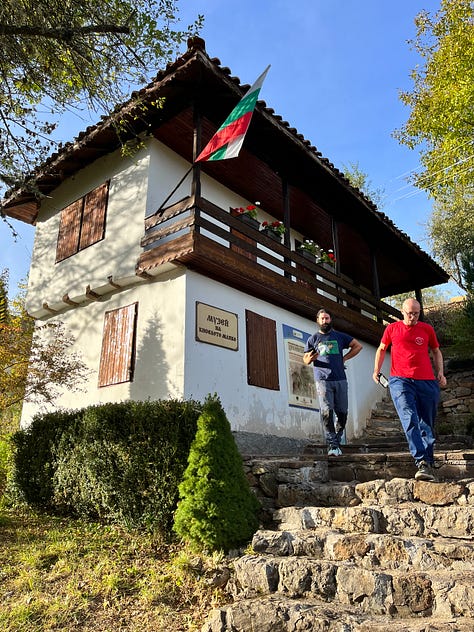
I crossed the border from Bulgaria into Serbia, and met Marko and Vladimir in Pirot, a city with a history of being on major historic trade routes, and center of processing wool into rugs. We drove up and over a mountain, part of the Stara Planina (old mountain) massif. Into a high valley of nearly abandoned villages where the houses and barns are built of timber frame and cob, coated with white plaster. It was getting dark as we drove up to the house we would stay at, and were greeted by warm words, cold beers, and large dogs. It felt remote, like a den for misfits, reminding me of places in corners of Northern California, after ganja left town.
We met most of the 11 people still living here year round. An 85 year-old hunchbacked man had ran the cooperative dairy here when it was a part of socialist Yugoslavia. We helped him shake the apples from his trees to be fermented and distilled into the local moonshine: rakija. Alchohol sovereignty is a trait of the old ways enclaves I search for.
Sasha is an archeologist who gave up on city life to return to this village of his family’s past, to buy a house and become a shepherd. He milks sheep, makes “white cheese”, known as Sir, which is a brine- aged soft feta-like cheese. He told us much about the history of shepherding and cheesemaking in the region, giving us leads and sources of published information.
Sasha keeps a type of sheep common in the Balkans: the Pramenka. This sub-variety has coarse white wool that grows into tufts and dreadlocks on their heads, covering their faces. They have striking black markings, and are known as triple purpose: meat, milk, and wool. In other words, sheep. Joining them are a gang of Karakachan and Šarplaninac livestock guardian dogs. LGDs are an integral part of grazing large groups of sheep extensively, and living with livestock in more ecologically intact regions.
We spent the afternoon watching the sheep eat apples and graze on meadows with shrublined margins containing many medicinal plants, such as Hawthorne and Elderberry. The next morning we saw him milk this flock out quickly (it’s nearing the end of milking) and the few liters he gets is fed to hungry puppies.
His white cheese was very salty, and had minor levels of oxidation and brine funk. A store bought pastuerized one was super clean, and perfectly salted, but lacked the yeasty character that can add a special touch to this style if it happens at low levels. We had a great example of this at the home of a man who makes this from a goat/sheep combo, and uses whey or Kiselo mleko (sour milk) as a starter. It tasted of goats, complimented by delicate fruity yeasts. It had incredibly creamy, satin texture, the cheese saturated with salty whey brine.
In the coming weeks I hope to share practical information about brine-aged cheeses, and the other main style of this region: kačkavalj, otherwise know as kashkaval. But it’s unclear how much we will learn, I’m now righting these on the fly, and the results are usually unclear while the ship is underway. But I want to include you in the process, to see how these trips unfold, to see how this book is kind of writing itself in a sense. You can expect to hear about more heritage breeds of livestock, and guardian dogs. So. Many. Dogs.
I hope you can see the connections between this rambling, esoteric and idealistic piece and my path as a cheesemaker, writer, and educator. These concepts relate to the development of my life’s philosophy, that has been focused though the lenses of milk and cheese. The larger ideas are given concrete expression in the cheesemaking techniques I share in Sour Milk School workshops. This trekking of the milk seems to be building up to something big, a culmination that transcends preserved milk, leading to I know not where. But I’m following the thread, traversing the Milky Way, knowing it is leading somewhere that smells delicious, the meal at the end of time, drawing me to the table.





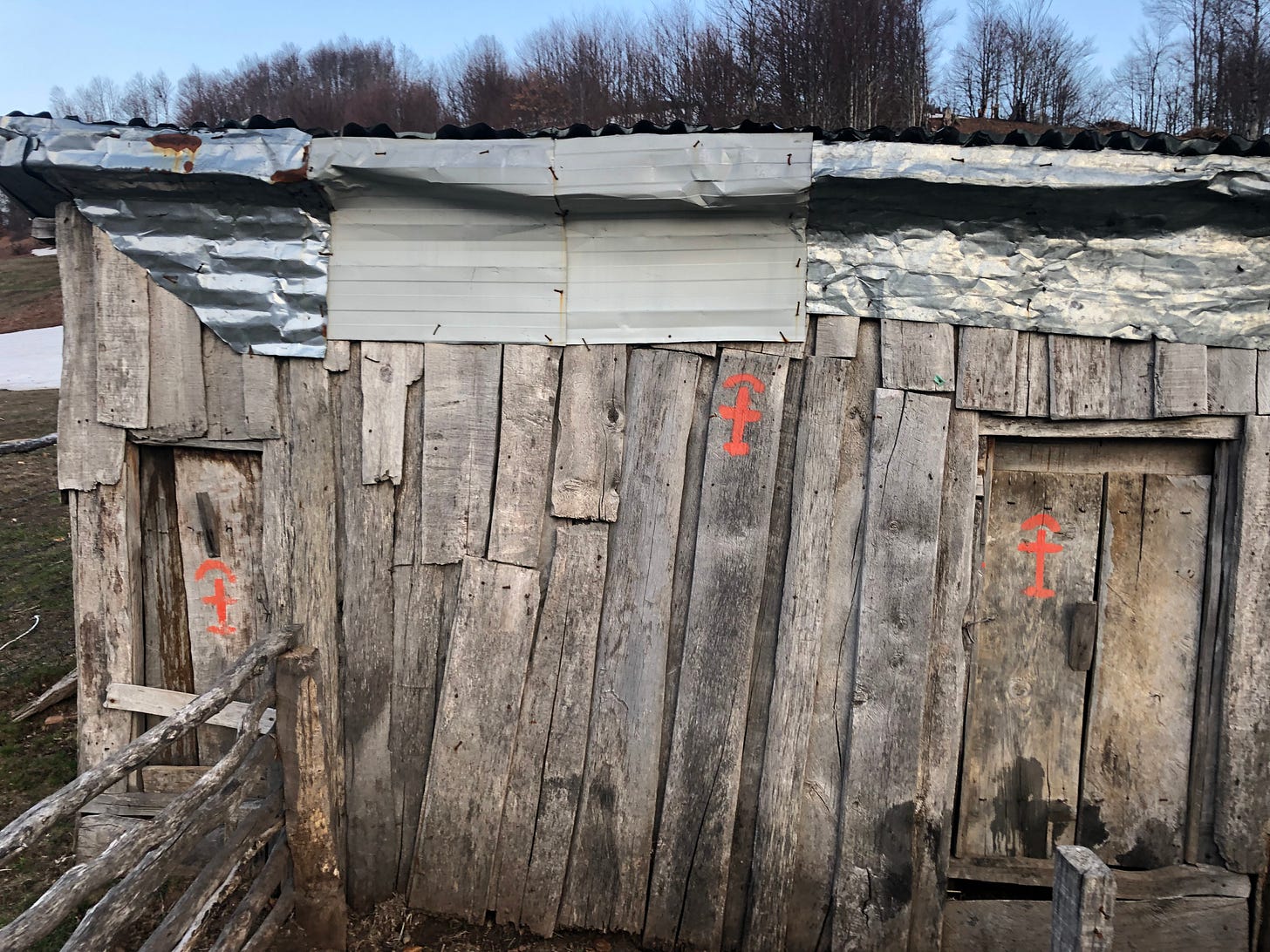

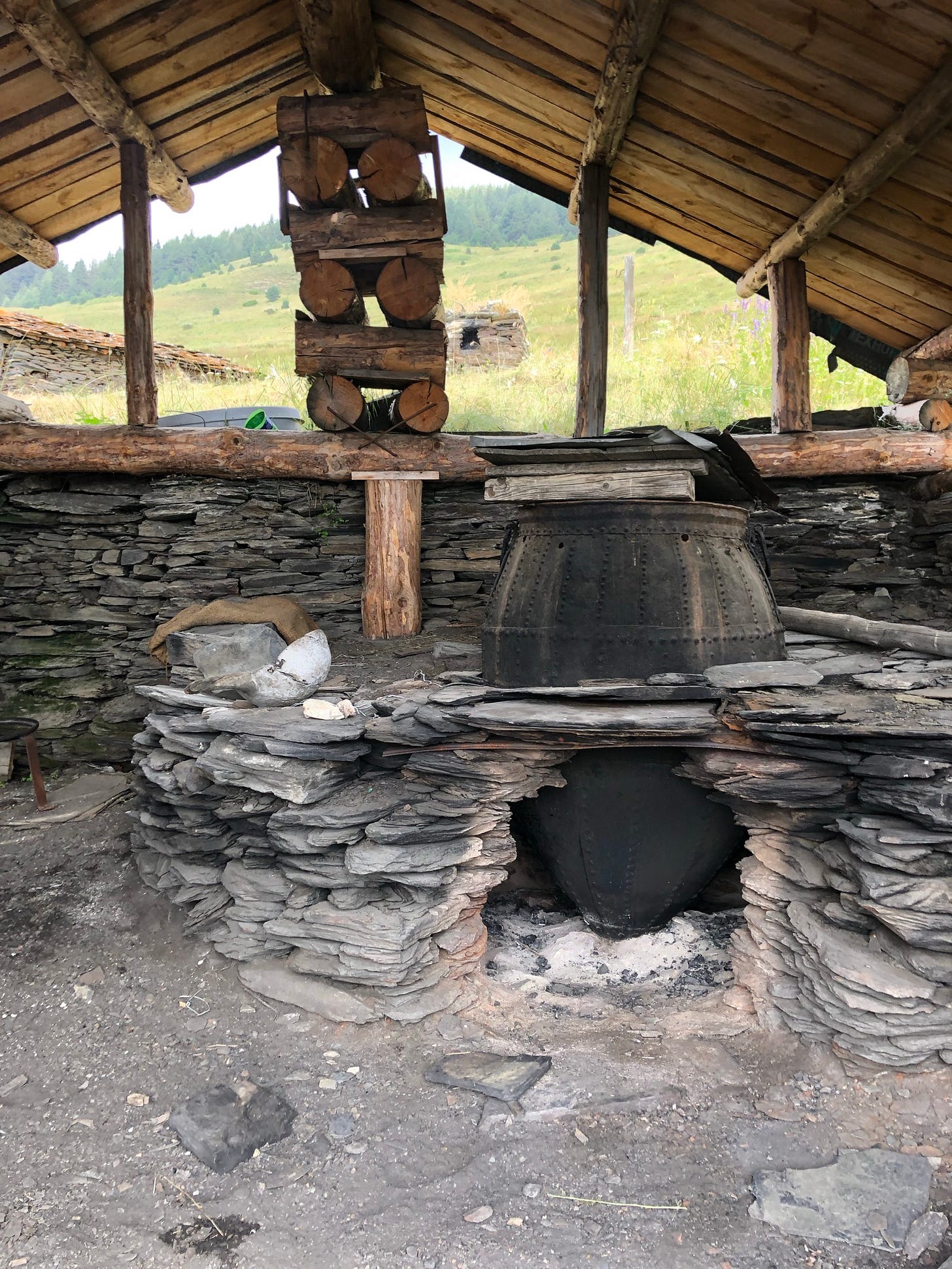
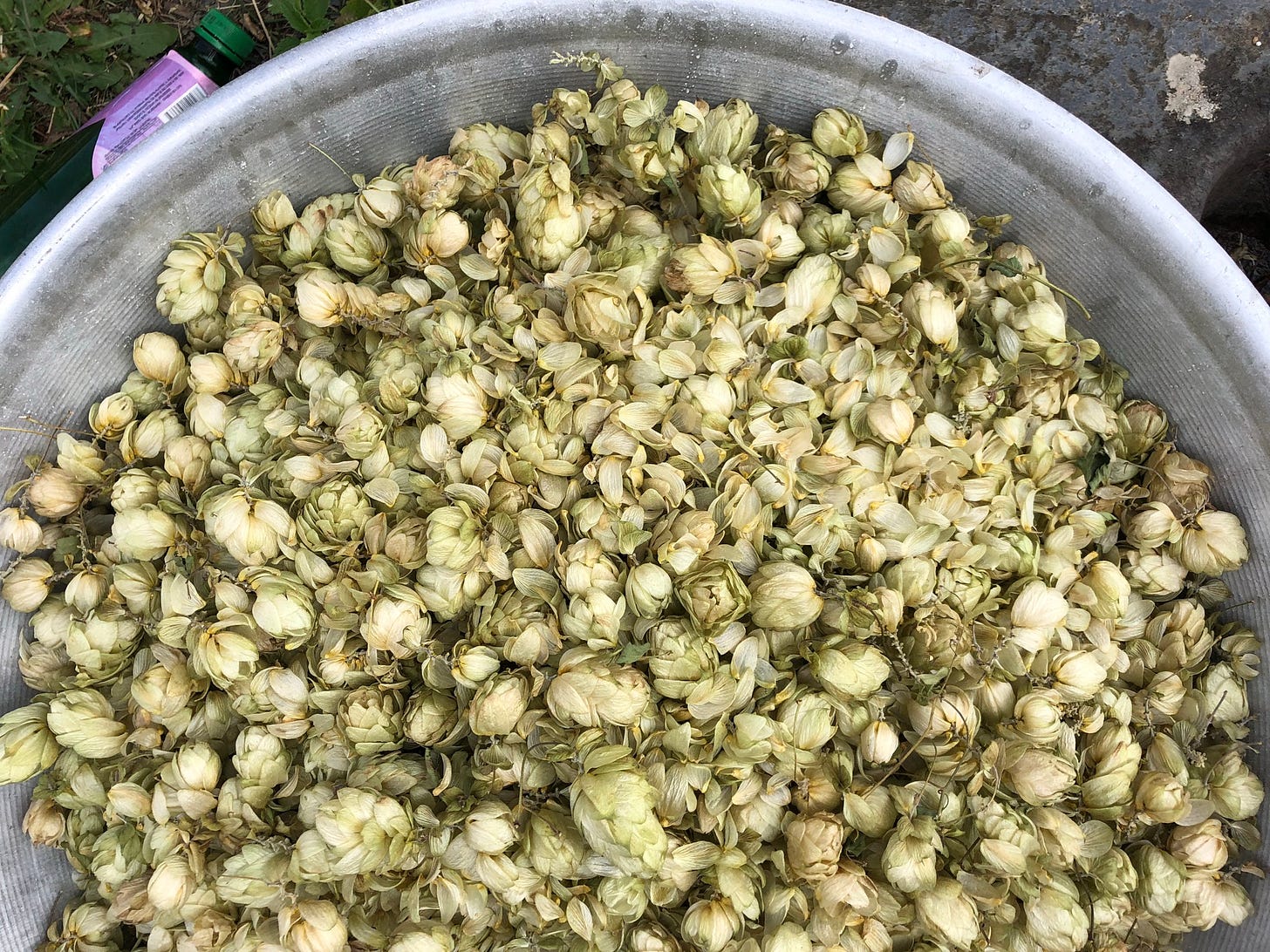
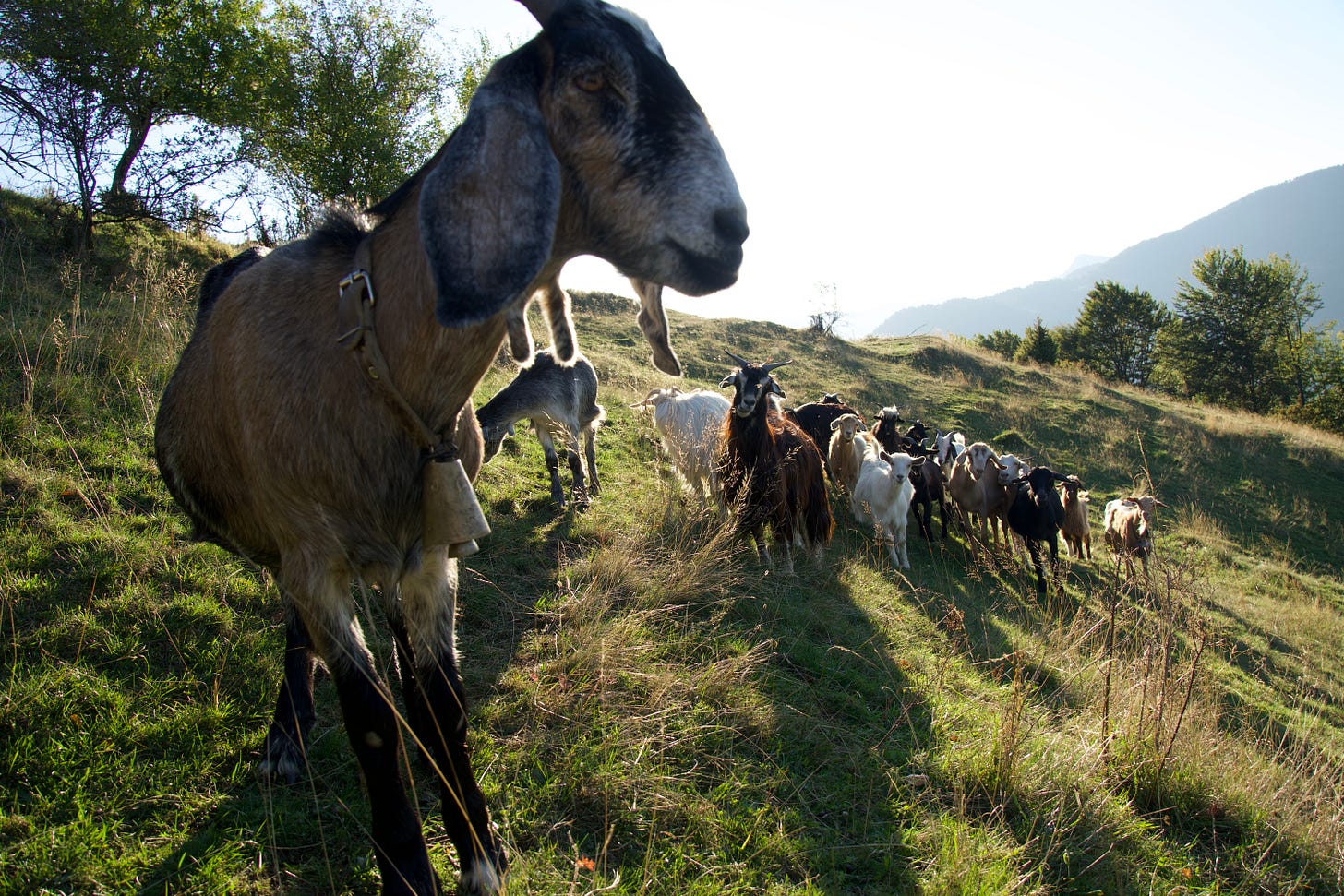


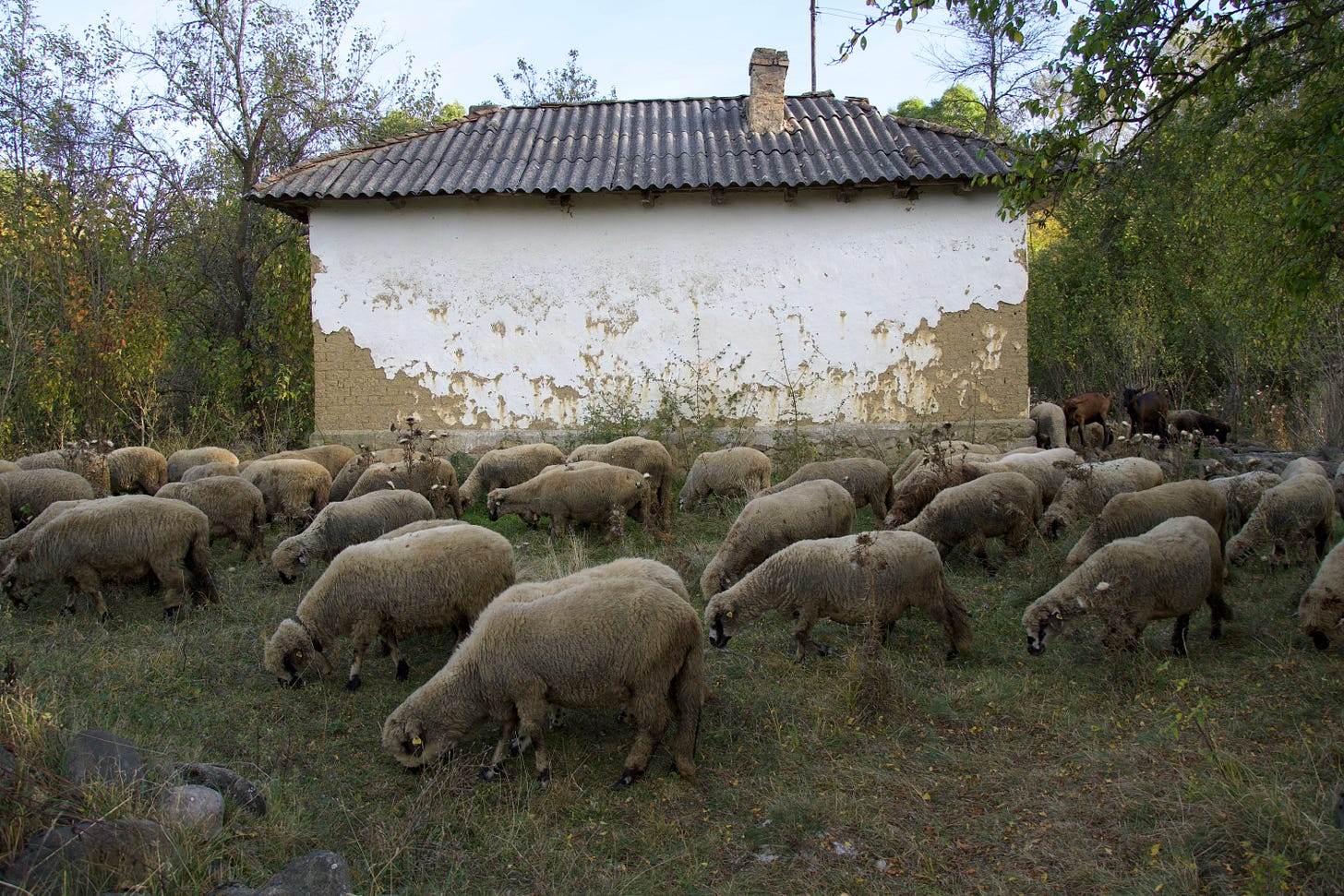
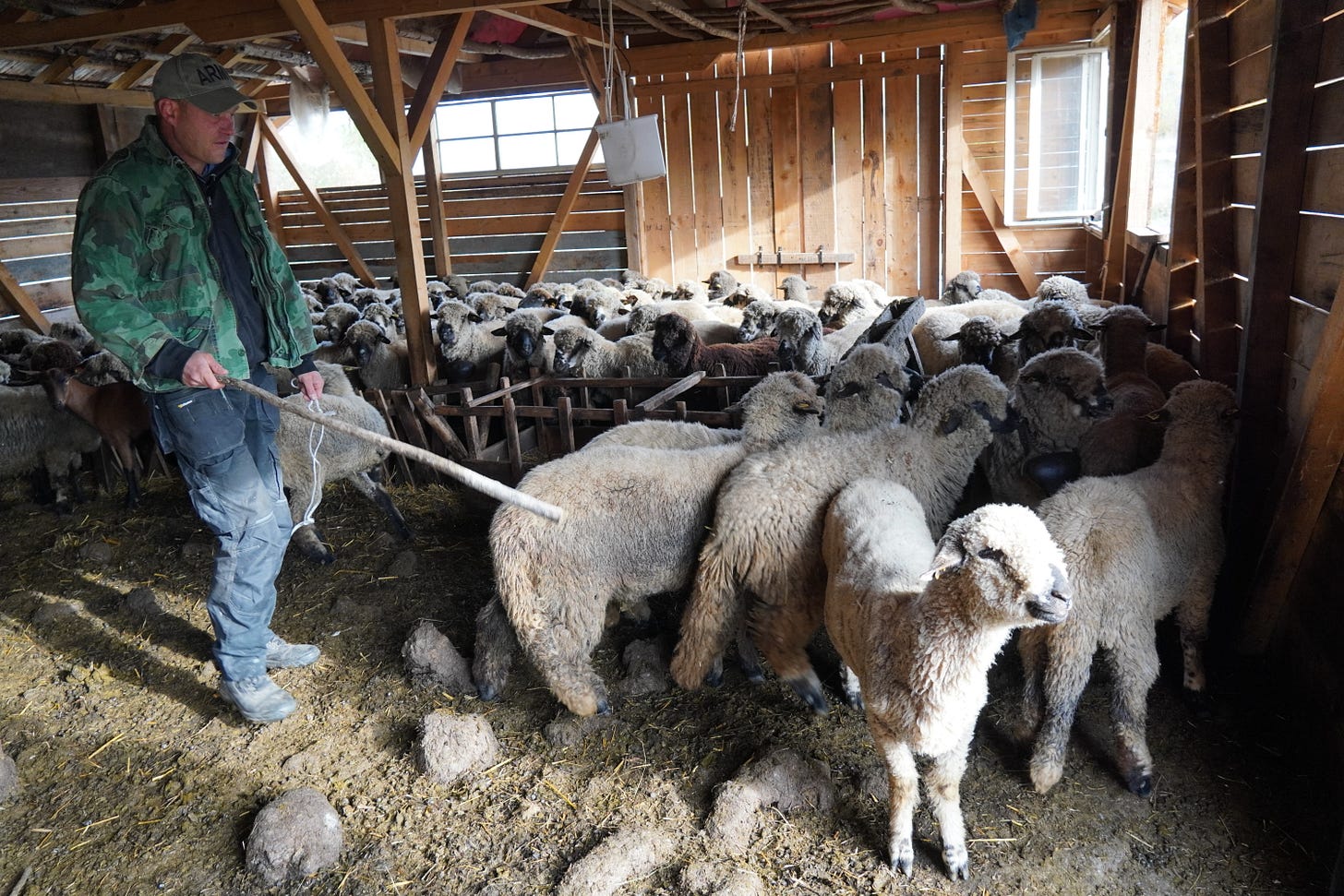
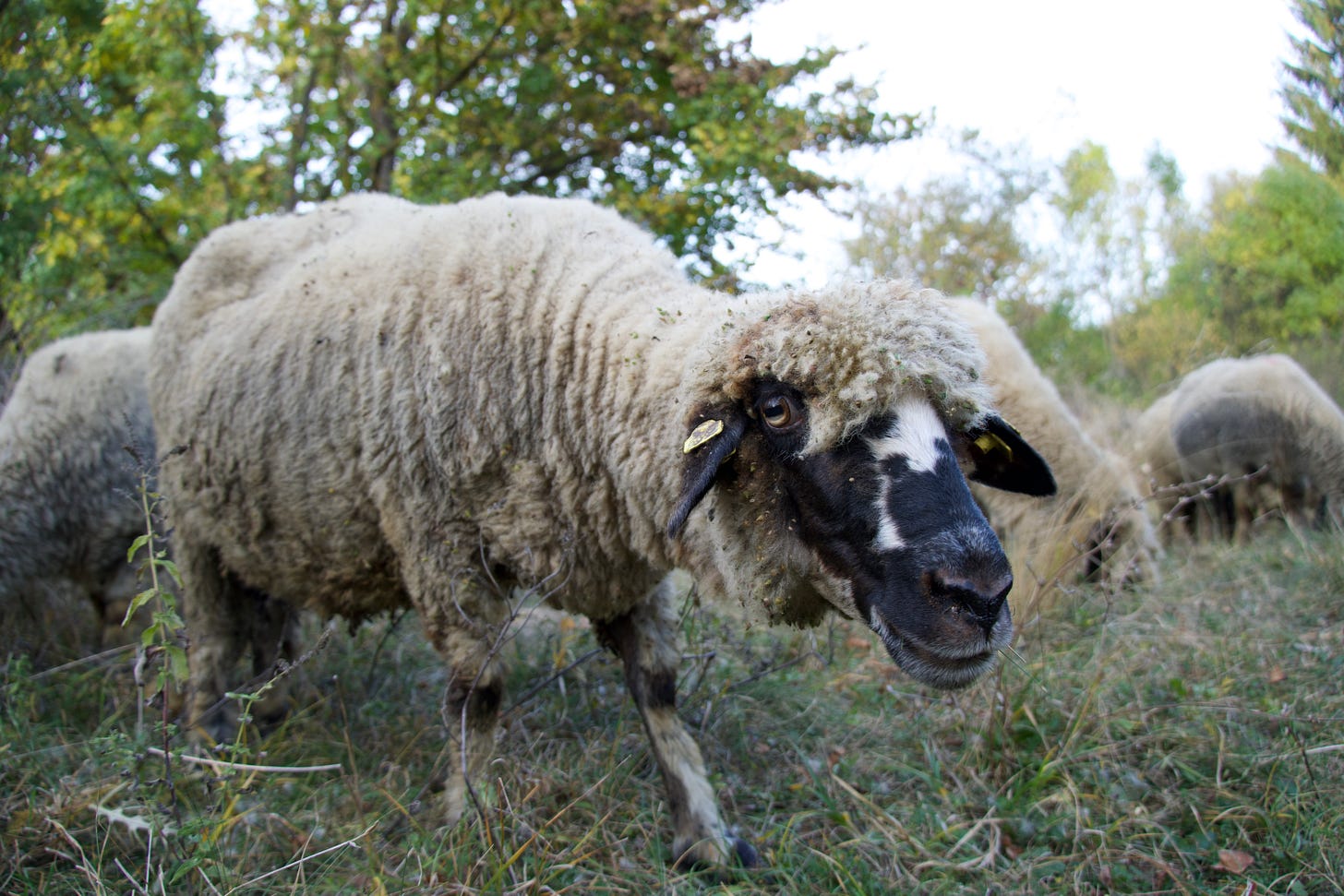


Excellent piece. I love how you tie together the spiritual, practical and survival aspects of these old foodways. And so many parallels there in our modern times. I really hope you will bring a sour milk school to Ireland someday.
Fascinating! It resonates so much with what I am finding in Romania researching țuică/palincă/horincă/rachiu. I'd love to compare notes sometime. https://emeliekayepeine.substack.com?utm_source=navbar&utm_medium=web&r=1j4vz